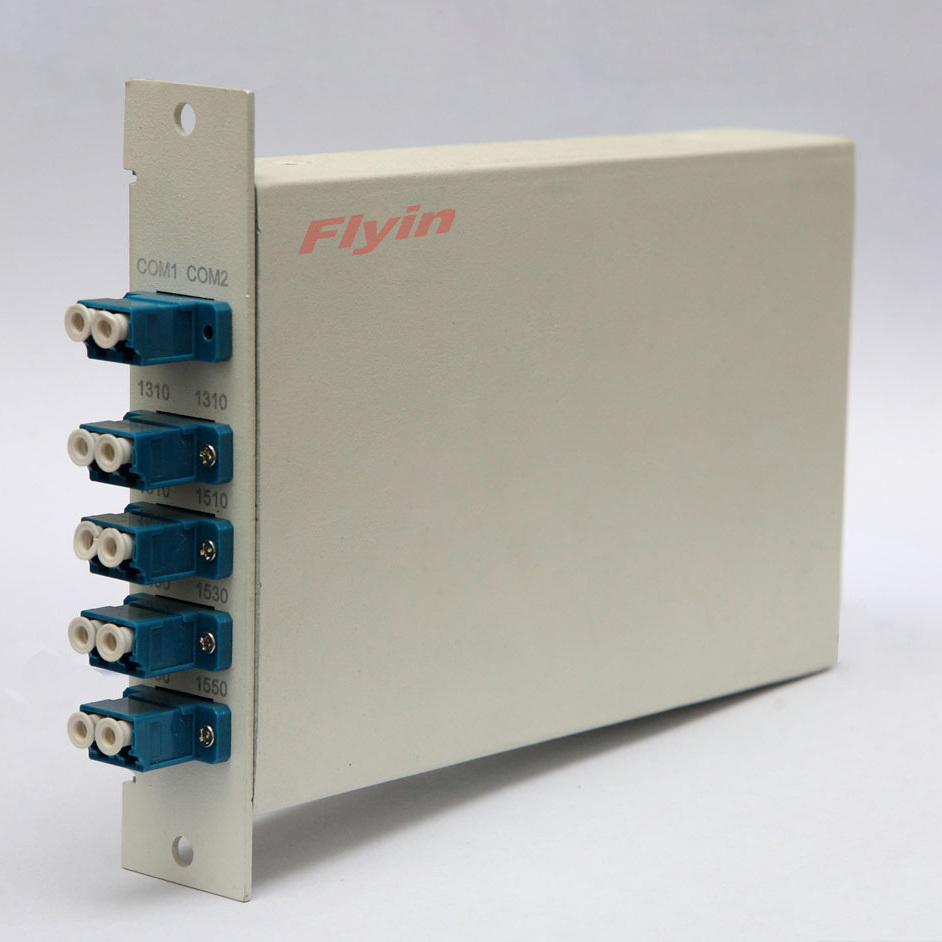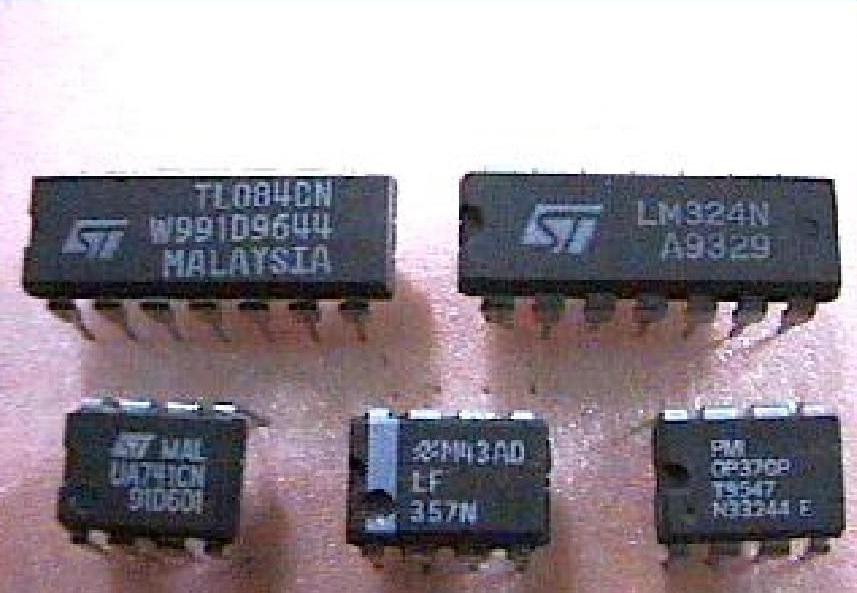The integrated operational amplifier circuit can be divided into four basic components: input stage, intermediate stage, output stage and bias circuit.
The input stage is a key part to improve the quality of the operational amplifier, which requires high input resistance, which can reduce the zero drift and suppress interference signals. The input stage uses a differential amplifier circuit, which has two input terminals, in-phase and inverted.
The intermediate stage is mainly used for voltage amplification, which requires a high voltage amplification factor, and is generally composed of a common emitter amplifier circuit.
The output stage is connected to the load, and requires low output resistance, strong load capacity, and capable of outputting a large enough voltage and current. It is generally composed of a complementary symmetrical circuit or an emitter follower.
The function of the bias circuit is to provide a stable and suitable bias current for the above-mentioned circuits at all levels, determine the static operating point of each level, and generally consist of various constant current source circuits.
2. The principle of integrated operational amplifier
The integrated operational amplifier is a direct-coupled amplifier with high voltage amplification. It is mainly composed of input, middle and output parts. The input part is a differential amplifier circuit, with two input terminals, in-phase and inverted; the voltage change of the former is in the same direction as the voltage change of the output terminal, and the latter is the opposite. The middle part provides high voltage amplification, which is transmitted to the load through the output part. Its lead-out terminals and functions are shown in the figure. Among them, the zero-adjusting terminal is connected with a potentiometer to adjust the voltage to the ground at the input terminal to zero (or a certain predetermined value), and the voltage to the ground at the output terminal is also zero (or another predetermined value). The compensation terminal is connected with a capacitor or a resistance-capacitance circuit to prevent self-oscillation during operation (some integrated operational amplifiers do not require zero adjustment or compensation). The power supply is usually connected to the ground in a form of positive or negative to the ground, and the ground is used as the common terminal of input, output and power.

3. Features of integrated operational amplifier
①The voltage magnification is generally 104~106, and some have reached 107 or more;
②The output impedance is very low, generally below tens of Ω;
③The input impedance is very high, generally a few hundred kΩ or more;
④The frequency band is very high, the lowest frequency band is zero, and the highest frequency band can reach more than ten kHz to hundreds of kHz.
